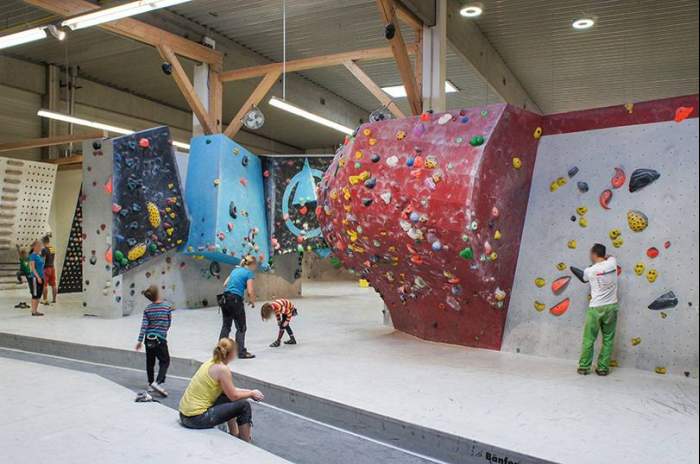Regensburg - Destinations and landmarks
Book a hotel room nearby
All information as overview
- Country
- Germany
- County
- Bavaria
- Population
- 136000
- Area
- 81 km²
- Website
- to Website
- Geo coordinates
- 49.017222, 12.096944
- Tourist information
- tourismus@regensburg.de
+49 941 507-4410
Rathausplatz 4
93047 Regensburg
Some people call it “Italy’s northernmost city”, others prefer to say it is “Germany’s mediaeval miracle”. For the local people, it’s quite simply the city they love and love to live in. Yet 2000-year-old Regensburg is much more than that. With its 150,000 inhabitants, the city on the Danube is today the fifth largest place in Bavaria, a lively young university city with about 25,000 students, and an expanding economic centre which provides work for about 100,000 employees every day, largely in very modern industries. And, even though Regensburg was still considered to be “at the back of beyond” until well into the 1980s, it now lies in the centre of Europe.
Almost entirely undamaged in the Second World War, Regensburg still presents itself to visitors as an intact mediaeval city. In the Middle Ages, it was among the richest and largest urban centres in Europe and even today it is overflowing with ancient buildings and works of art dating from Roman times to the nineteenth century. And which other city can offer a 330-metre-long “icon”: the Romanesque stone bridge over the Danube? Strongly influenced by Italian urban architecture, the city is much more than just a museum. The narrow streets with their tiny shops and the broad squares with numerous pavement cafés and markets are reminiscent of towns basking in Mediterranean sunshine, and typical of Italy, as well, is the Regensburgers’ pleasure in celebrating great street festivals. At every turn and at every bite and sip, it is only too evident that Regensburg has more places to eat and drink per square metre than any other city in Germany.
Almost entirely undamaged in the Second World War, Regensburg still presents itself to visitors as an intact mediaeval city. In the Middle Ages, it was among the richest and largest urban centres in Europe and even today it is overflowing with ancient buildings and works of art dating from Roman times to the nineteenth century. And which other city can offer a 330-metre-long “icon”: the Romanesque stone bridge over the Danube? Strongly influenced by Italian urban architecture, the city is much more than just a museum. The narrow streets with their tiny shops and the broad squares with numerous pavement cafés and markets are reminiscent of towns basking in Mediterranean sunshine, and typical of Italy, as well, is the Regensburgers’ pleasure in celebrating great street festivals. At every turn and at every bite and sip, it is only too evident that Regensburg has more places to eat and drink per square metre than any other city in Germany.


_rathausbernburg/001.jpg)






